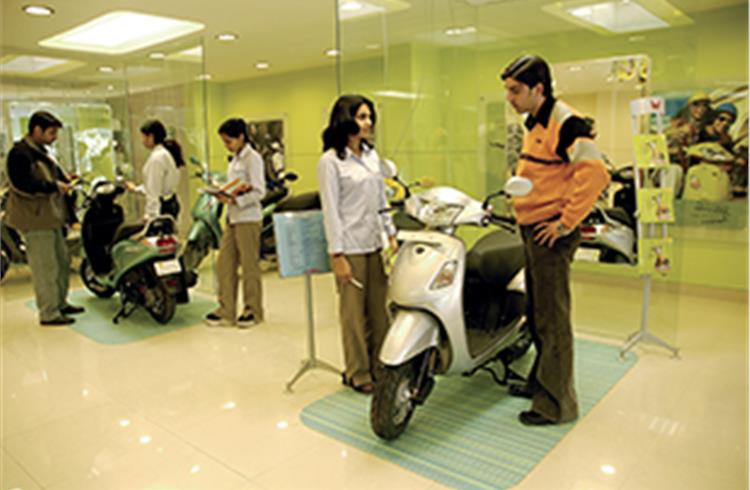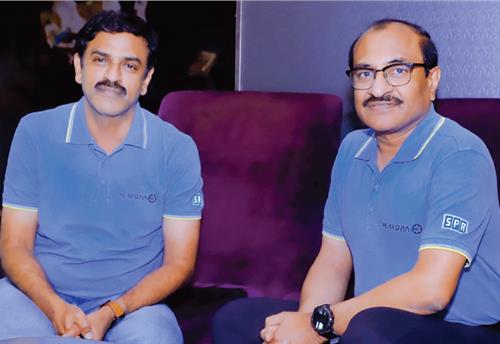Getting serious about customer satisfaction
Understanding the science behind customer satisfaction and its connect to consumer behaviour is as important as being committed to it.
It helps carmakers in their business. Customer satisfaction ratings and indices such as CSI and SSI figure among the key result area (KRA) of most of us and our individual gains are also attached to them. Many car companies have been spending money buying customer satisfaction survey reports, making process improvements and conducting training programmes.
What if you were shown various researches that claim that customer satisfaction (as measured by various methods today) had very little correlation with profitability and market share, even in the long run? What if I urged you to show me an action profit linkage between investment in improving the customer satisfaction index and profitability enhancement, even with some time lag?
All of this would probably lead to a debate based on intuitive arguments, experiences, opinion and so on, but it would be pleasantly surprising if someone showed me a specific analysis carried out within his or her company on how their investments in customer satisfaction improvement resulted in higher profitability.
If it is agreed that companies are in the business to make profits and create shareholder value, then it would be fair to say that investment that does not help achieve this goal is not worthy of consideration. Customer satisfaction is important to a company only to the extent it helps the company enhance sales, market share, profitability or any other measure of importance. If not, no one is interested unless he or she is really envious of Mr Khattar and his team at Maruti for getting all the attention for achieving highest customer satisfaction rankings year after year.
Most of us understand the need to be focused on the core economic logic that should always drive our businesses while we keep creating 'feel good' in the media. We also understand the difference between boardroom talks and press-room talks. It is possible that many of us are not bothered about this return on investment issue on the money spent on enhancement of customer satisfaction as it does not represent a substantial amount of the marketing budget in percentage terms.
In that case, let us consider advertising and customer satisfaction improvement as two alternative marketing investments. Now consider the proposal of diverting 25 percent of a company’s advertising budget into customer satisfaction enhancement. Why should one not take this decision if it results in higher financial gains? After all we are here to make money. The answers to these dilemmas lie in a deeper understanding of what customer satisfaction can do for auto companies. It is, therefore, as important to understand why automakers must invest in customer satisfaction as it is why not to?
##### Here are a few basic facts about customer satisfaction. Customer satisfaction represents one of the middle links in the causal chain of profitability in any organisation. As businesses, auto companies are interested in customer satisfaction because they help us create a good word of mouth in their favour, and lead to repeat purchase. Both help companies enhance their market shares at reduced marketing costs, which leads to increased profitability.
But higher customer satisfaction may not necessarily result in repeat purchase or more positive word of mouth. A research study published in the American Marketing Journal shows that only 30 percent of repeat repurchases can be explained by higher customer satisfaction. Also, higher customer satisfaction depends more on “managing customer expectations” than “giving customers what they expect”.
Toyota, one of the most reputed brands in US market, does not figure very high on syndicated CSI, SSI rankings but over the years, they have consistently increased their market share. Let us take another interesting example. I am an ICICI Bank customer, both as an individual and as a business. Every time I have dealt with them, I have had a lousy experience. If there was a JD Power CSI for banking I would fill the survey form with red ink. But I still bank with them and have been increasing my business. I am a practical customer. ICICI Bank has the widest variety of services available for me. My clients bank with them and so I get my payment faster than if I banked with someone else. ICICI Bank is the best choice for me in terms of services, so what if they do not treat me properly.
Look at Tata Motors — where do you think it figures on CSI, SSI rankings in last seven years? How many times has the Tata Motors scrip multiplied in the last seven years? There seems to be not much of a correlation between customer satisfaction and shareholder value in case of this company. But before you mistake this to be a “do not care about customer satisfaction” argument, let me hasten to add that I am a big proponent of investments into customer satisfaction improvement. But as I understand it, customer satisfaction is a far more complex subject than what we all generally take it to be. There are many fine causal chains that work in ensuring whether a customer prefers to buy car of brand A or brand B. We need to understand these cause- effect relationships in order to use them not only to enhance profitability but to build competitive advantage.
CSI, SSI may have very little correlation with profitability in short term or long term but they work as an excellent compliance mechanism for operating system. Take the aftersales system as an example: After-sales is a high margin business and if auto companies build a tight operating system that ties together manufacturers, dealers and customers to deliver an excellent customer experience every time, it will bring more customers and as a result more profit for both dealers and manufactures.
Achieving this goal requires continuous monitoring of the operating system. Customer satisfaction surveys at regular intervals that measure whether the processes are being followed or not could be a cost-effective monitoring tool. They would tell us what is being done at the customer touch points and what is not.
Another benefit of having a deeper understanding of these causal chains of customer satisfaction is that they help in understanding the action profit linkage. Auto companies already know that it is only with established action profit linkage that they can convince their retail partners and dealers into investing in systems the way we prescribe unlike today when the dealers many times see customer satisfaction improvement initiatives as competing objectives to their profitability.
Understanding the science behind customer satisfaction and its connection to consumer behaviour is as important as being committed to it. Therefore, the seriousness about this goal needs to transcend the current boundaries.
RELATED ARTICLES
BRANDED CONTENT: Eliminating the worries of battery charging with smart solutions
The charging infrastructure is the backbone of electric mobility but is also one of the key perceived barriers to EV ado...
The battery-powered disruptor
Greenfuel Energy Solutions is planning to shake up the EV battery market with the launch of a portfolio of specially eng...
SPR Engenious drives diversification at Shriram Pistons & Rings
The engine component maker is now expanding its business with the manufacturing of motors and controllers through its wh...





 By Autocar Pro News Desk
By Autocar Pro News Desk
 19 Jul 2006
19 Jul 2006
 3376 Views
3376 Views









